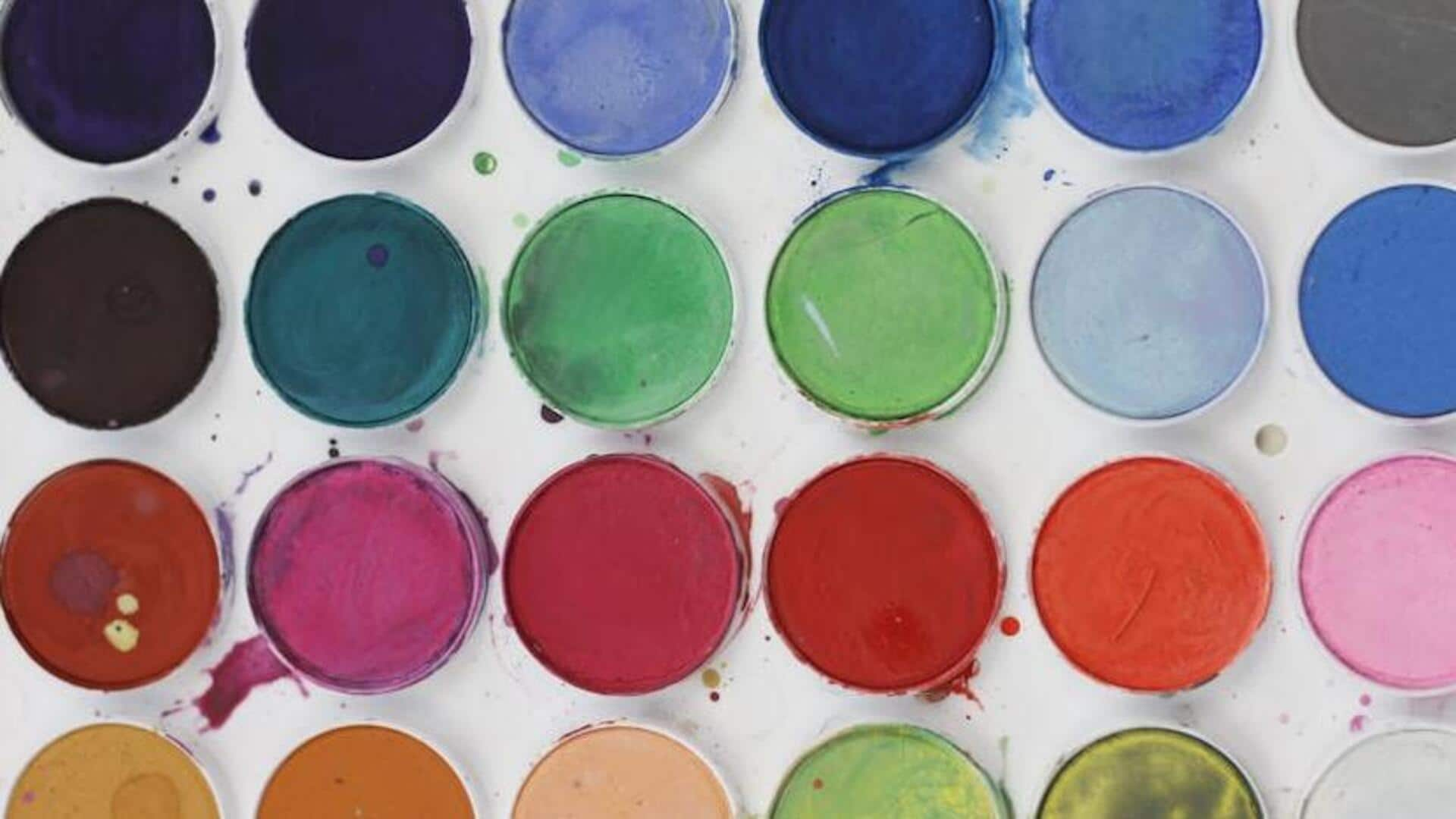
Make your own watercolor paints with natural ingredients
What's the story
Making your own watercolor paints with natural ingredients is a fun and budget-friendly activity, and it's also good for the environment. This article delves into easy ways to create watercolor paints at home using materials you probably already have in your kitchen or garden. These DIY paints are safe, non-toxic, and offer a beautiful and unique palette for your art projects.
Color extraction
Extracting colors from fruits and vegetables
You can obtain beautiful colors from a variety of fruits and vegetables. Strawberries and blueberries provide intense reds and blues, while spinach leaves are ideal for a vibrant green. Beetroot creates a deep magenta. Just blend these with a little water to make a juice, and strain out the solids. Voila, you have your color base!
Paint base
Creating the paint base
To transform your color extracts into paint, you'll first need to make a base. A basic recipe is to mix one part cornstarch with one part white vinegar and two parts water. Heat this mixture on the stove until it thickens (like a gravy), then allow it to cool. Combine this base with your color extracts in separate containers for each color.
Color enhancement
Enhancing color vibrancy and longevity
To make colors more vibrant and long-lasting on paper, add a pinch of salt and a teaspoon of gum arabic to each paint mixture. Gum arabic enhances transparency and glossiness, and serves as a binder to improve paint's adherence to paper. Salt contributes to retaining the color's brightness over time.
Earth tones
Using spices for earth tones
Using spices like turmeric, paprika, and cinnamon provides an easy way to create beautiful earth-toned watercolors. These spices can be directly mixed with the prepared paint base, skipping the extraction or cooking steps needed for fruits and vegetables. Just add these spices to the paint base, and adjust the amounts until you achieve the desired consistency and color. This method creates warm, natural colors for your palette with ease.
Storage tips
Storing your DIY watercolors
To keep your homemade watercolors for future use, simply pour the liquid paint into ice cube trays or small jars. Once they're fully dried, you can easily reactivate the colors with water when you're ready to paint again. Remember to label each container with the color it contains to keep your palette organized for your next masterpiece.